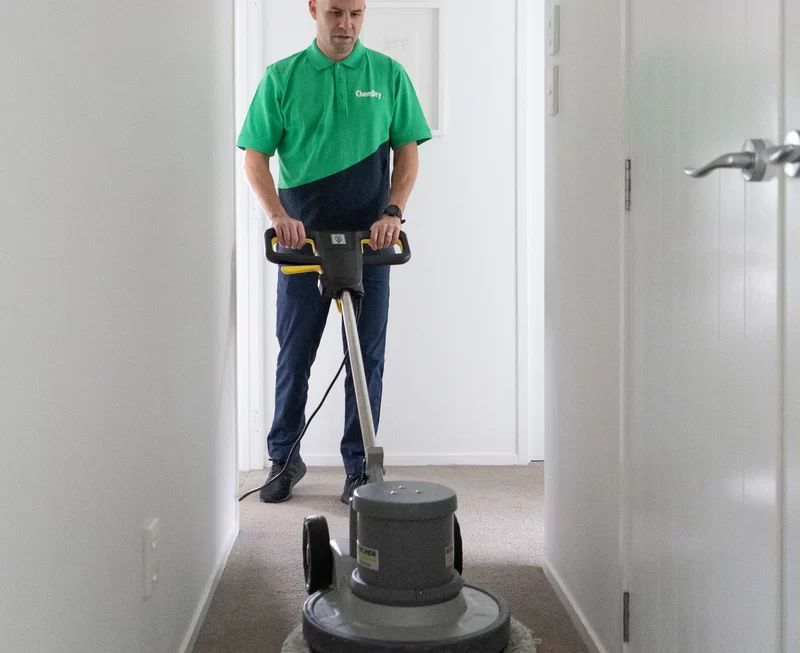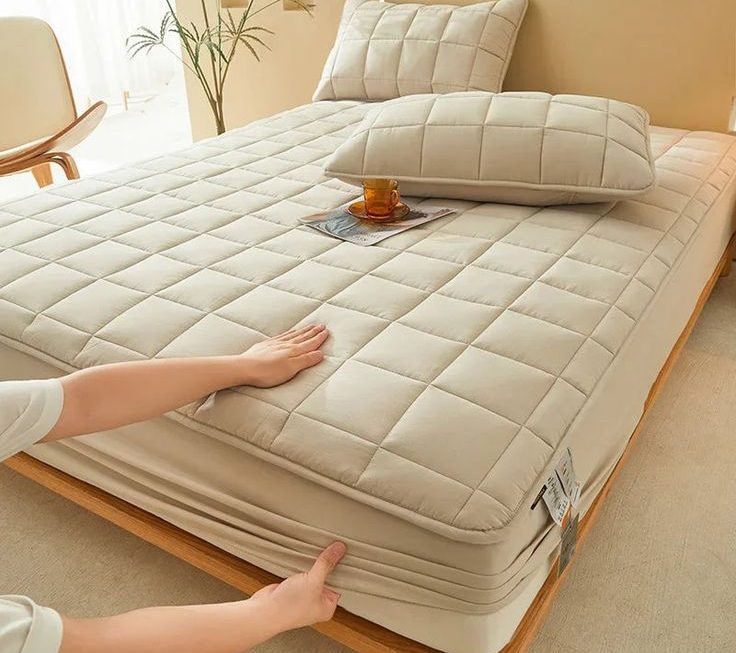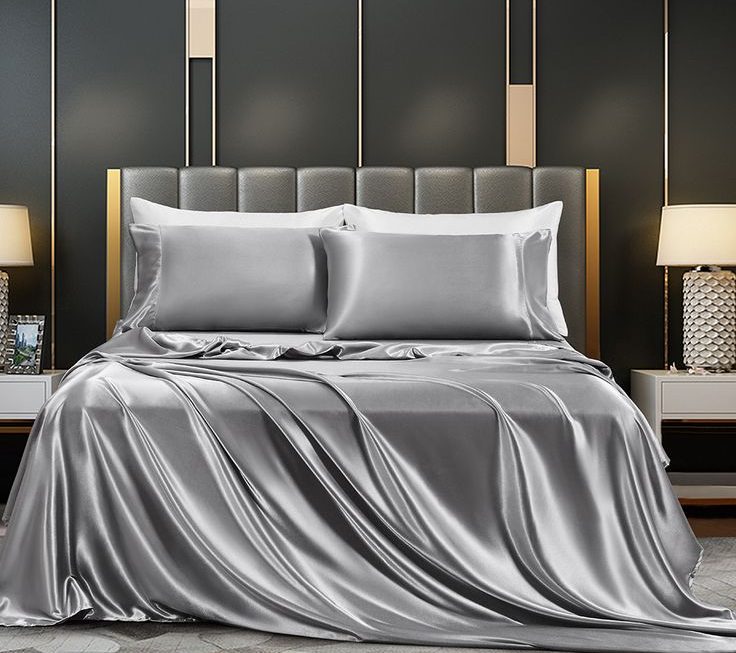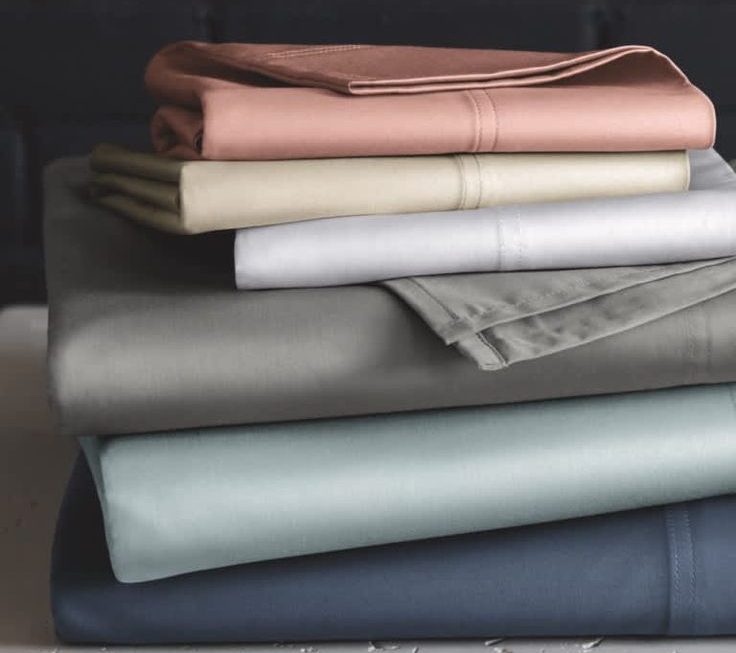Factors That Influence Carpet Drying Time
Understanding how long for carpet to dry after cleaning depends on several key factors. Each plays a crucial role in the overall drying time.
The Experience of the Cleaner
The skills and experience of your carpet cleaner significantly impact drying times. Experienced technicians know the right amount of water and suction needed to clean effectively without leaving excess moisture. This precision helps in quicker drying.
Weather Conditions Impact on Drying
Weather greatly affects how quickly your carpets dry. Warm and dry conditions are ideal as they help moisture evaporate faster. Conversely, humid or rainy days can prolong drying times, leaving carpets damp longer.
The Carpet Cleaning Method Used
The technique used for cleaning carpets also determines drying time. Advanced methods like steam cleaning, which uses less water and powerful suction, tend to dry carpets faster. Traditional methods might not be as efficient, leading to extended drying periods.
Anticipated Drying Times Under Various Conditions
The timeline for carpet drying post-cleaning varies based on several scenarios. Understanding these conditions can help manage expectations and streamline the process.
Ideal Conditions for Fastest Drying
Optimal drying occurs in warm, dry, and mildly windy weather. In such conditions, carpets can dry within 2 to 4 hours. Professional cleaners with advanced equipment further reduce drying times.
Understanding How Humidity Affects Drying
Humidity plays a critical role in drying. High humidity levels slow down evaporation, increasing drying time. Dry air, on the other hand, absorbs moisture more efficiently, leading to faster drying.
Drying Differences Between Summer and Winter
Despite common beliefs, there isn’t a dramatic difference in drying times between seasons. Even in winter, carpets can dry swiftly within 3 to 5 hours with proper indoor conditions like heating. However, during rainy or humid weather, regardless of the season, expect longer drying periods.
Steps to Expedite the Carpet Drying Process
Speeding up the carpet drying process involves a few practical steps. Here’s how you can get your carpets dry faster after cleaning.
Enhancing Air Circulation
Open windows across different rooms to create a cross breeze. Ensuring good air circulation can significantly reduce the drying time. Only open windows if the weather outside is dry and warm.
Using Fans and HVAC Systems
Fans are great for moving air over your wet carpets. Position standing or ceiling fans strategically to maximize airflow. Use your air conditioning system as well. It cools and dries the air, speeding up the drying process.
The Role of Dehumidifiers in Drying
Dehumidifiers are very effective in extracting moisture from the air. This helps dry carpets quicker. Use a dehumidifier in closed rooms to optimize its efficiency. Remember to periodically empty the water tank.

Precautions to Take with Wet Carpets
Dealing with wet carpets requires careful handling to avoid damage and accidents. Here are essential precautions to consider.
Foot Traffic on Damp Carpets
Avoid walking on damp carpets whenever possible. Pressure from footsteps can push water deeper into the fibers, delaying the drying process and potentially damaging the carpet’s structure. If you must walk on a damp carpet, wear disposable shoe covers to minimize direct contact and prevent dirt transfer.
Risks of Slipping
Wet carpets can make the floor slippery, especially at the edges where the carpet meets a hard surface. This poses a risk of slips and falls, which can lead to injuries. To mitigate this, ensure adequate signposting is in place to warn residents or office staff about the wet floors. Taking cautious steps and avoiding sudden movements on wet carpets can also reduce slip hazards.
Protecting Furniture and Carpets
Water from the wet carpet can seep into furniture legs, causing stains or damage. Always remove furniture from the room before carpet cleaning, if possible. If you need to replace furniture before the carpet completely dries, place plastic or foil barriers between the carpet and furniture legs. This prevents moisture transfer and protects both the carpet and the furniture.
How to Know When Your Carpet is Dry
- Visual Inspection: Visually inspect the carpet for any visible moisture. If it appears dry, it’s likely ready.
- Touch Test: Gently touch the carpet with your hand. If it feels dry to the touch, it’s probably dry.
- Odor Test: If the carpet still has a damp or musty odor, it may not be completely dry.

Tips for Immediate Use After Carpet Cleaning
After cleaning your carpets, you may want to resume using the space immediately. Here are some tips to help you use your freshly cleaned carpets safely and wisely, without compromising on the drying process.
Using Disposable Shoe Covers
To walk on your carpets right after cleaning, disposable shoe covers are a must. They keep the carpets clean and prevent moisture on your feet from wetting the carpet again. Slip them on over your shoes or socks. But remember, shoe covers can be slippery. Take care when moving from the carpet to hard floors.
When to Reintroduce Furniture
Wait for 12 to 24 hours before putting furniture back on the carpet. Heavy items need more time. But for plastic items, you can put them back right away. Be careful with wooden and metal furniture; they can stain or rust the damp carpet if placed too soon. Protect your furniture and carpet by waiting until the carpet is fully dry.

Potential Risks of Wet Carpets
If carpets are left wet for too long, it can lead to several problems:
- Mold and Mildew Growth: Damp conditions create the perfect environment for mold and mildew to grow, which can cause respiratory problems and damage your carpet.
- Unpleasant Odors: Wet carpets can develop unpleasant odors, especially if they become moldy or mildew-y.
- Carpet Damage: Prolonged exposure to moisture can damage the carpet fibers, leading to discoloration, shrinkage, and other issues.
Getting Professional Results
Choosing to hire professional carpet cleaners comes with several advantages. Professionals have the necessary experience and tools to ensure that carpets dry as quickly as possible. They use effective cleaning methods that reduce the risk of residual dampness.
The Benefits of Hiring Professional Cleaners
Professional cleaners offer faster drying times due to their expertise. They use industrial-grade equipment that removes more water. This leads to shorter waiting periods for carpets to dry. Professionals also know how to handle different types of carpet fibers. This knowledge ensures that they choose the right cleaning method for each job.
Steve’s Carpet Care Case Study
Steve’s Carpet Care provides an example of expert cleaning. They use truck-mounted steam cleaners for efficient water removal. This method helps carpets dry within hours, not days. Customers save time with experienced professionals like Steve’s. The quality and speed of their service help to reduce disruption in homes or offices.
Choosing the Right Season for Carpet Cleaning
While cleaning can happen any time, some seasons offer better conditions for drying. Warm, dry weather helps carpets dry faster. It may be worth planning carpet cleaning for these times. However, with professional cleaners and their advanced equipment, even less ideal weather can yield good drying times. Just remember to book in advance during peak seasons to secure a spot.
The drying time for carpets after cleaning can vary depending on several factors. By understanding these factors and following the tips provided, you can help your carpets dry faster and reduce the risk of potential problems.
If you’re unsure about the drying time or have concerns about your carpets, it’s best to consult with a professional carpet cleaning company. They can provide expert advice and use specialized equipment to expedite the drying process.



